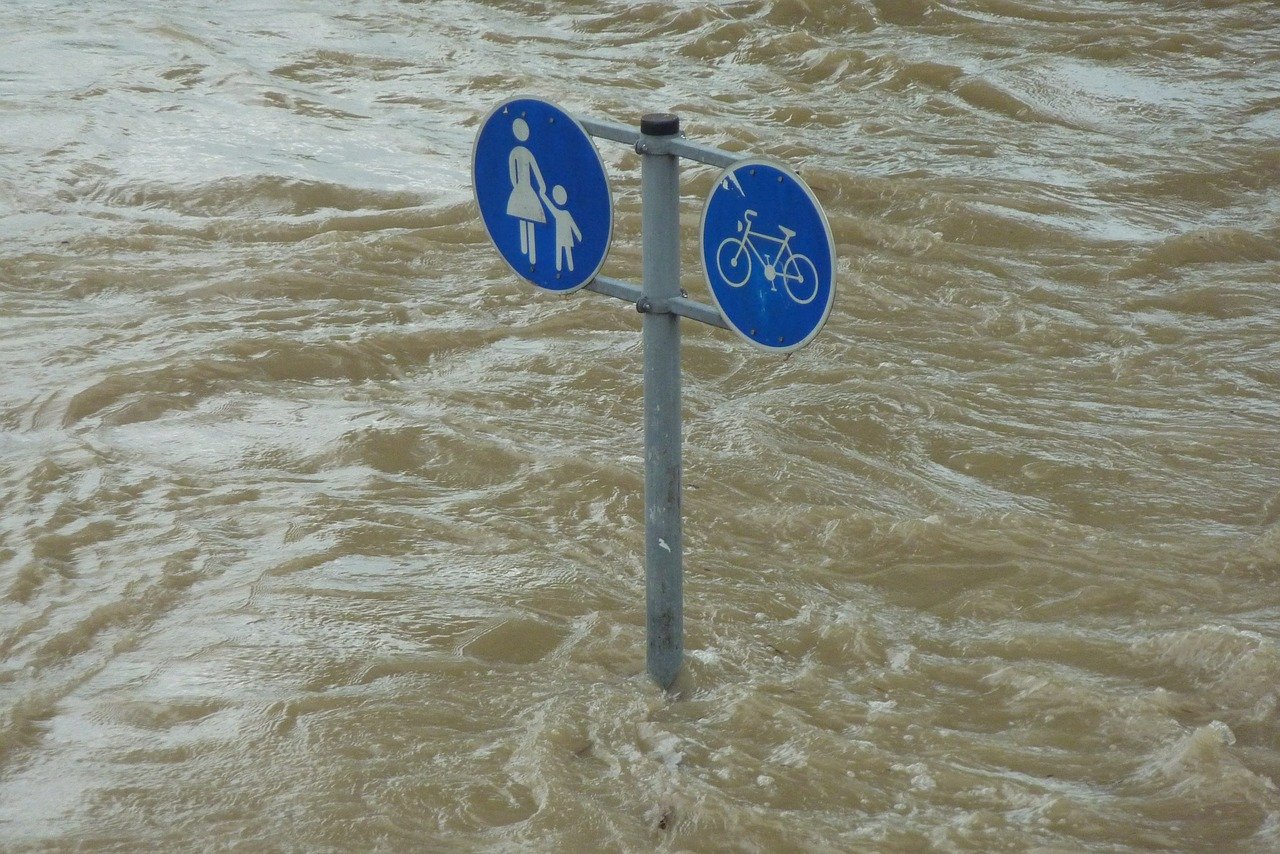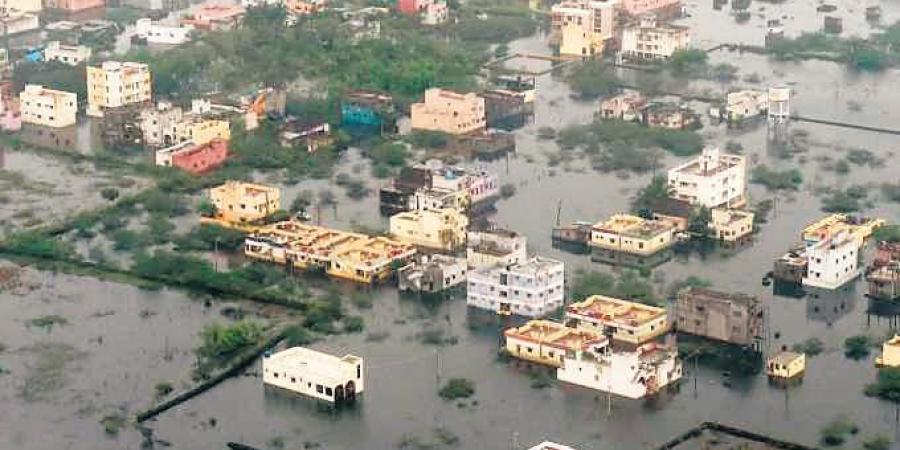Water and Climate Change: Lessons learnt from Chennai Floods
5 mins read
•
Updated 1 year ago

To those of you who are unaware of the “Chennai floods”, let me explain. Chennai floods is colloquially used to refer to the 2015 floods that happened in the South Indian states of Tamil Nadu and Andhra Pradesh and the Union Territory of Puducherry. Chennai is at the northern most point of Tamil Nadu and so, geographically speaking, the southern parts of the state of Andhra Pradesh were affected as well.
I was in my 11th grade in 2015. One day, I woke up to see the sky dark and gloomy and an almost constant downpour. As any school student, my fervent prayer was the day to be declared as a holiday. So as soon as possible, I sat in front of the TV watching the news channels for the then Weather Forecaster Mr. SR Ramanan. And lo and behold, my wishes were granted. Thinking that this was a one-time event, I spent the day doing nothing “productive” (according to my parents). The next day too, the same trend continued. I was overjoyed for being relieved of school for two continuous days, for this was next to impossible when you are in 11th grade, in Chennai, and particularly when it is a CBSE school. To my surprise, this trend continued for more than a week! By then, it had come to everyone’s notice that this was no normal rains, and also that it was flooding the city. I started going to bed with the knowledge that the next day will also be a holiday, which proved to be true. Due to the bad weather conditions, there were frequent bouts of lack of electricity, Wi-Fi, and TV (3 important things, according to a 11th grader). But as and when we were able to view the news channels on TV, we saw the massive destruction wrought to the people of Chennai. I realised how privileged I was, for I only had to worry about eating foods that I disliked, and not the fact that I did not have any food itself on my plate.
At this juncture, my family decided to help the people most affected by the floods. We were able to identify an NGO whose base of operations was quite close to our house and approached them. They gave us a list of materials that they were in shortage of. One of those was a particular medicine that had seemingly disappeared from the shelves of the pharmacies across Chennai. This medicine was similar to an anti-fungal and an anti-bacterial cream which was to be applied on the skin of the people most affected. Fungal and bacterial infections were on the rise because of the constant exposure to the water, which was most likely contaminated in some form too. After a lot of calls and constant search, we were able to locate that medicine and gave it to the NGO representatives, who showered us with gratitude. This once again made me realise how privileged I was. We also decided to contribute food, and hence procured biscuits for them, because they were packaged well, easy to source, and would also not cause too many stomach problems. I later started wondering about how this entire incident came to being. Why was Chennai flooded to such an extent? There were reports suggesting that Chennai had faced unprecedented rainfall. But was the rainfall of such a magnitude that the city was flooded?
 Photo Credit: New Indian Express
Photo Credit: New Indian Express There were news reports stating that an ‘El Nino’ had played an impact on the Chennai floods. What was an El Nino? I found out that it referred to the
climate changing in the oceans, as a result of which there are repercussions on global weather. Here, it is important to know how oceans are important in controlling the weather. Oceans are responsible for heat distribution across the world. As we all know, at least 70% of the world is water. This water, due to its constant contact with the sun starts getting heated and soon starts evaporating constantly. This causes the temperature of the earth to rise. It also increases the humidity in the air, which ultimately results in rainfall across the world.Coming back to El Nino – this is a phenomenon that is quite common in the southern hemisphere and is not the norm. El Nino generally occurs once in two to seven years, but it is not predictable. It affects ocean temperatures, which in itself has a monumental impact on global weather patterns, because this means that land temperatures increase as well.
Generally the water starts becoming warm in the western tropical Pacific Ocean and shifts eastward. If not for the El Nino, a situation called upwelling occurs which ultimately results in creation of the food cycle in the ocean, which benefits all creatures of the ocean. Upwelling gets disrupted when an El Nino occurs, which apart from harming the ocean environment, it also drastically harms the economies of South American countries because it causes floods to break out. El Nino is also known to impact other nations of the world as well, for Indonesia and Australia tend to face droughts because of it. The heat generated through the El Nino ultimately results in serious and severe weather conditions across the globe, such as massive heatwaves, droughts, and flooding. The strength of the El Nino is proportionate to the damage caused. The World Meteorological Department, headquartered in Geneva, had confirmed that 2015 recorded the hottest temperatures ever. (As of 2015) The current data suggests that, 2016 was the hottest year, followed by 2019.
floods
water
natural disaster
chennai
water shortage
india